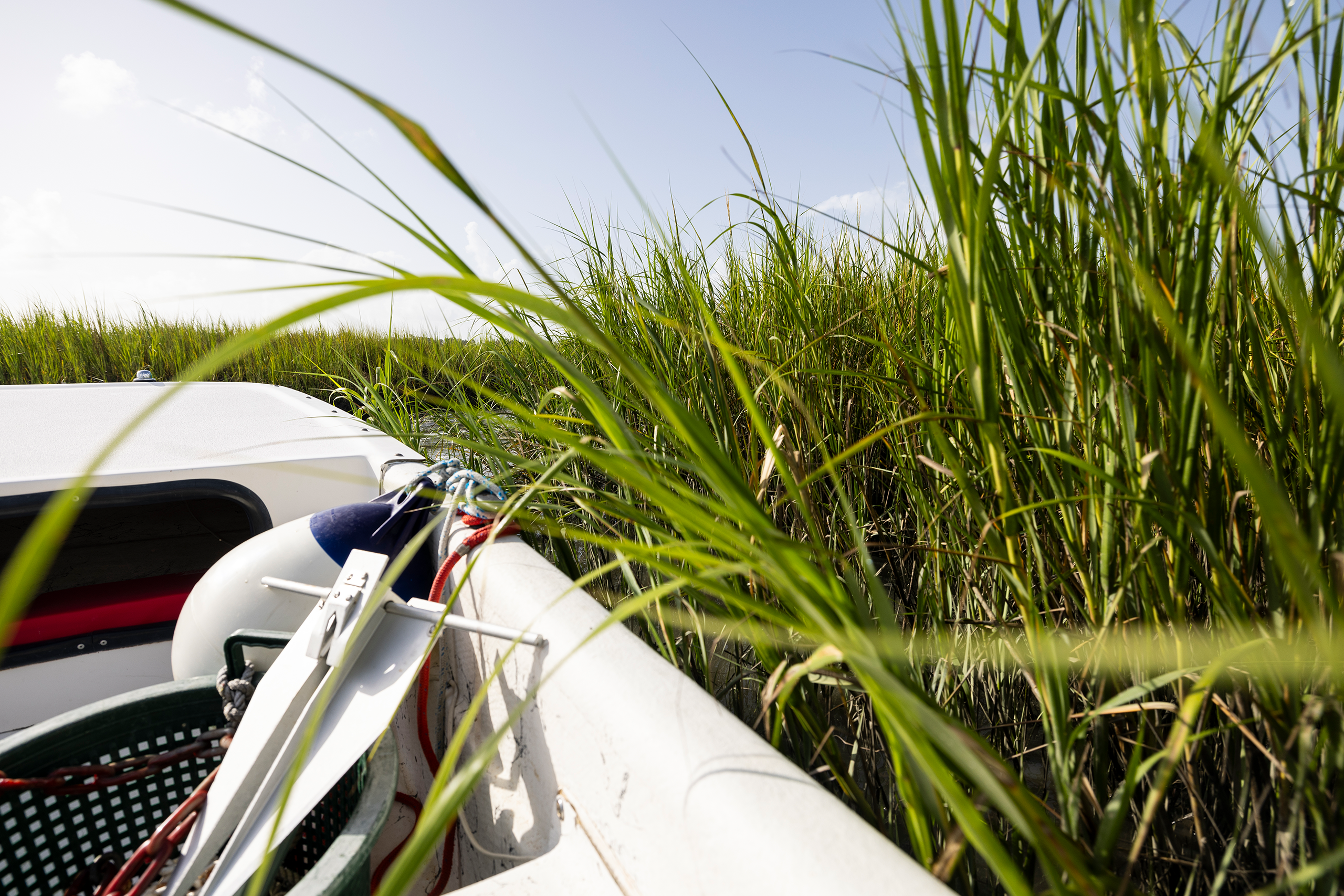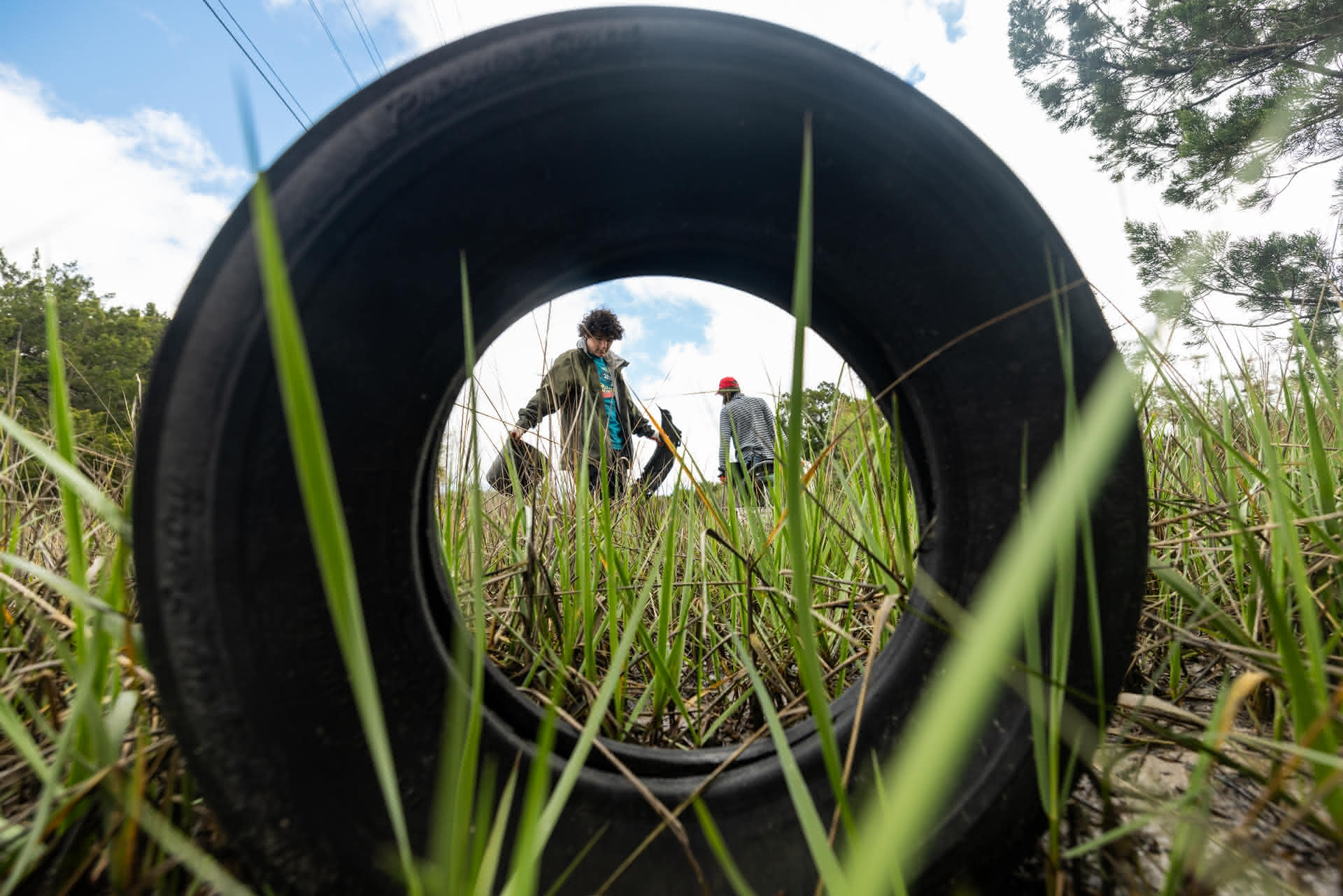A Growing Oyster Industry
Georgia’s budding oyster aquaculture industry is beginning to spur community and economic growth.
File Under
Oysters begin life as tiny larvae, drifting in the water column until they find a hard surface—often other oysters—on which to settle and grow. As adults, they create underwater reef communities that attract fish, crabs, and other marine life, forming the foundation of a thriving ecosystem.
A similar oyster community is taking shape on land, driven by the rise of sustainable oyster aquaculture in Georgia. University of Georgia researchers, shellfish farmers, restaurants, nonprofits, and state agencies are teaming up to grow Georgia’s coastal economy with oysters at the center.
Hatchery beginnings
If you’ve seen Georgia oysters on a restaurant menu, there’s a good chance they started at UGA Marine Extension and Georgia Sea Grant’s Shellfish Research Lab on Skidaway Island. Home to the state’s only shellfish hatchery, researchers at the lab began producing single oysters in 2015 to advance the aquaculture industry. In 2024, the lab sold 3 million oyster seeds to seven farms across the Southeast, including three in Georgia.
When the state passed a law in 2019 that allowed leases for farming using floating cages, researchers such as shellfish research lab director Tom Bliss were ready to share guidance with new farmers.
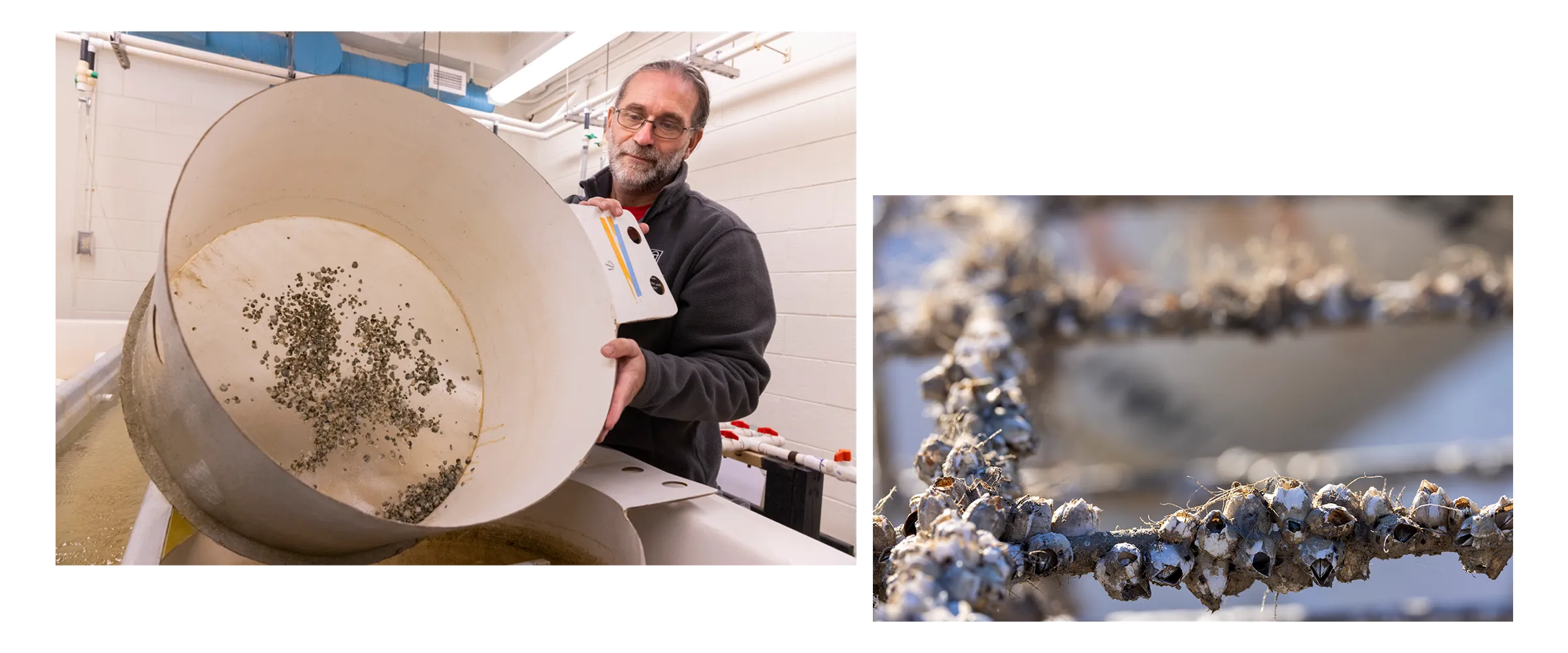
“When individuals get into farming, we’ll answer questions they have about gear or site location,” says Bliss. “For those that have a lease, we’ll go out there with them and share tips we’ve learned through our research on gear types and growing techniques and pass that onto them to improve their efficiency and maximize product.”
“Everyone involved in this industry is passionate, and they have purpose, and they’re collaborative.”
Laura Solomon
Co-founder, Tybee Oyster Co.
Seventeen people took the first aquaculture training course offered by the lab in 2022.
Fresh from the farm
Laura and Perry Solomon, founders of Tybee Oyster Co., are finding success as one of the first floating cage farms on the coast. Both trained engineers have deep ties to Georgia and an appreciation for local food as an expression of community and culture.
“Everyone involved in this industry is passionate, and they have purpose, and they’re collaborative,” says Laura Solomon. “We just hadn’t felt that in a lot of other communities. They felt like our people.”
Since the Solomons got their farm approved in 2022, specialists at the Shellfish Lab have offered technical assistance, helping them avoid pitfalls and address challenges.
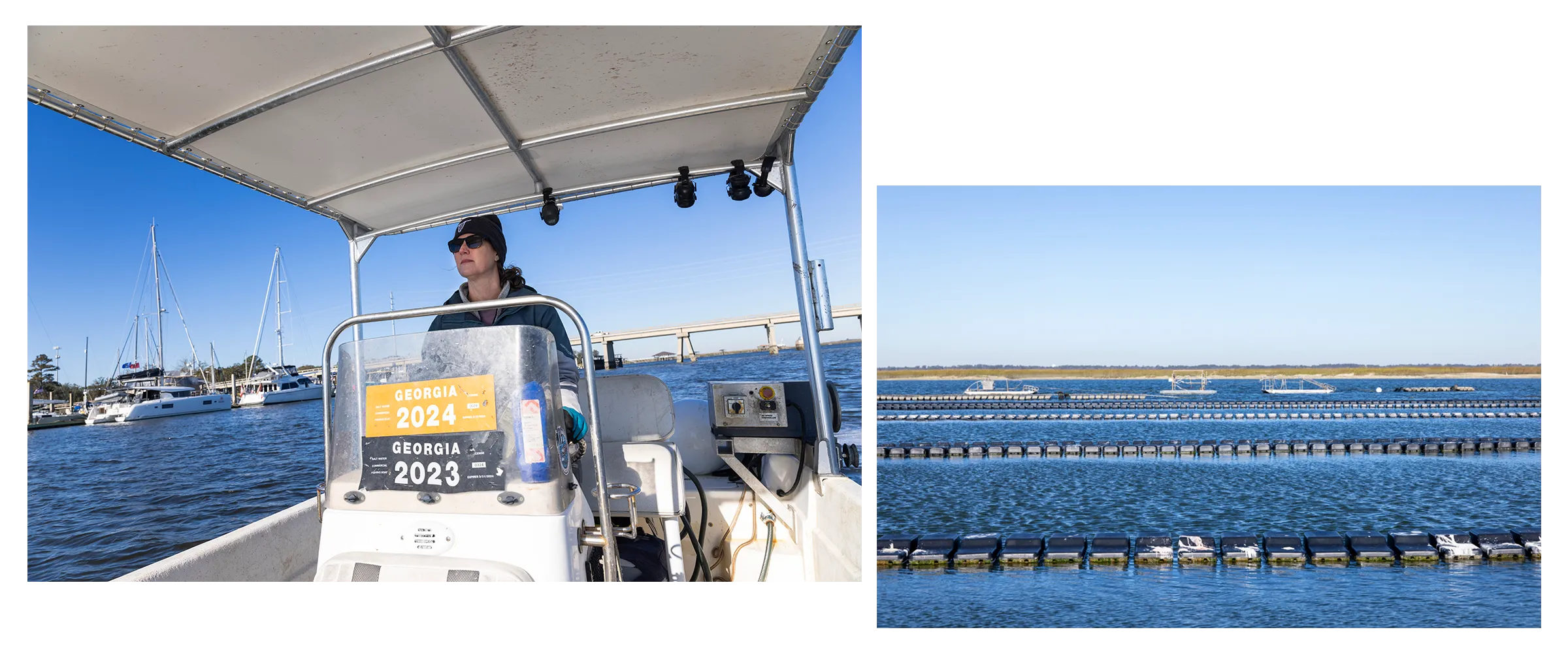
“It’s nice to have a collaborative partner who’s been in this before and can help you brainstorm ideas or do the research to help you solve a problem,” says Laura.
Today, Tybee Oyster Co. is thriving.
Recycling for reefs
As oyster aquaculture continues to grow, ensuring the long-term health of the Georgia coastline remains a priority. Getting discarded shells back to Georgia’s estuaries to create new oyster reefs is critical to this goal.
For nearly two decades, Marine Extension and Georgia Sea Grant worked with the Georgia Department of Natural Resources Coastal Resources Division to recycle shells on the coast.
However, there wasn’t much shell recycling in inland areas like Atlanta and Athens until recently. In 2020, Hunt Revell co-founded Shell to Shore, an Athens-based nonprofit that collects shells from inland area restaurants and transports them to the coast.
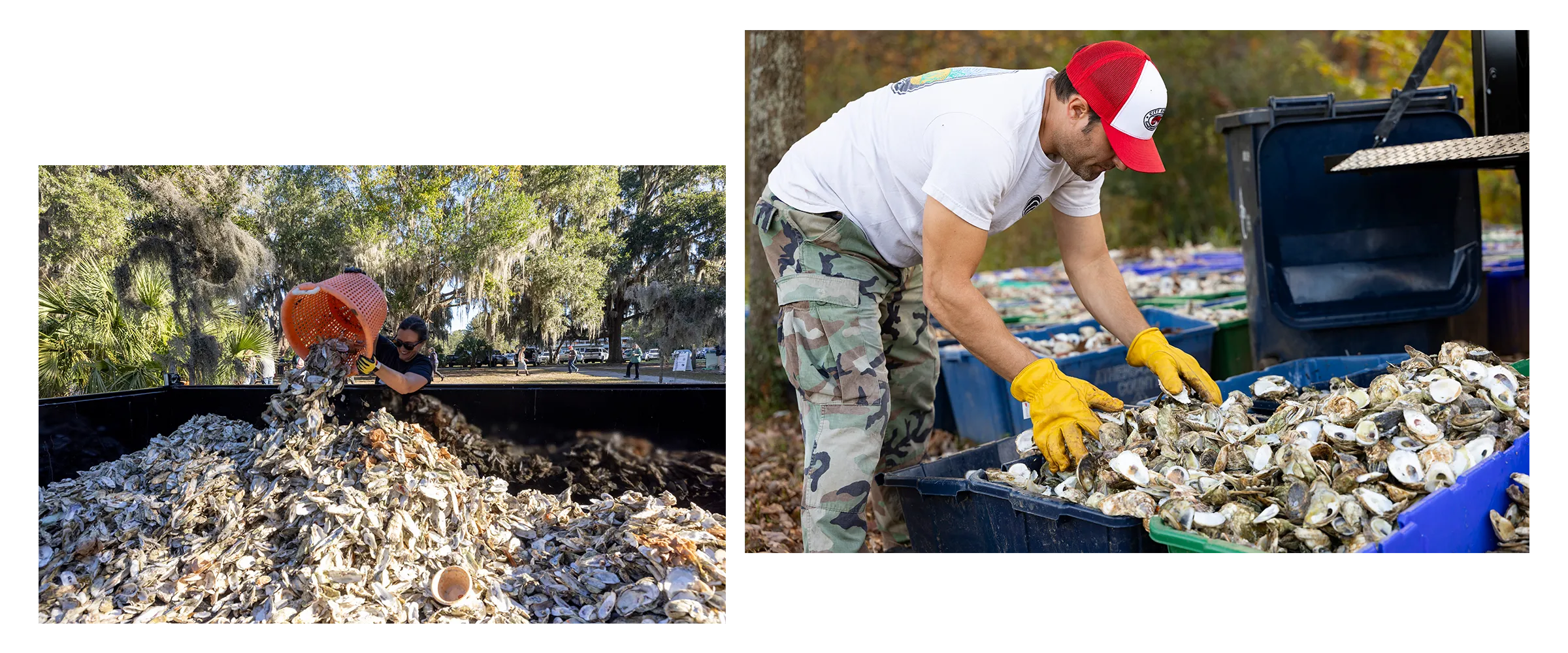
Any restaurant that sells oysters can participate in recycling. Businesses are provided plastic barrels for collecting discarded shells. These get emptied regularly by the Shell to Shore team. The shells are then transported to central or coastal recycling stations where they cure for several months before being deployed in coastal waterways.
Revell has a long history and connection to oysters. He grew up in Georgia attending oyster roasts. In grad school, he volunteered for the New York Harbor School, where he educated people about oyster restoration. He’s also well ingrained in the Athens restaurant scene, having served as a manager for Seabear Oyster Bar for six years after grad school.
In law school at Georgia State University, Revell was a legal fellow for Marine Extension and Georgia Sea Grant and worked closely with Carl Vinson Institute of Government faculty to research Georgia’s 2019 oyster law.
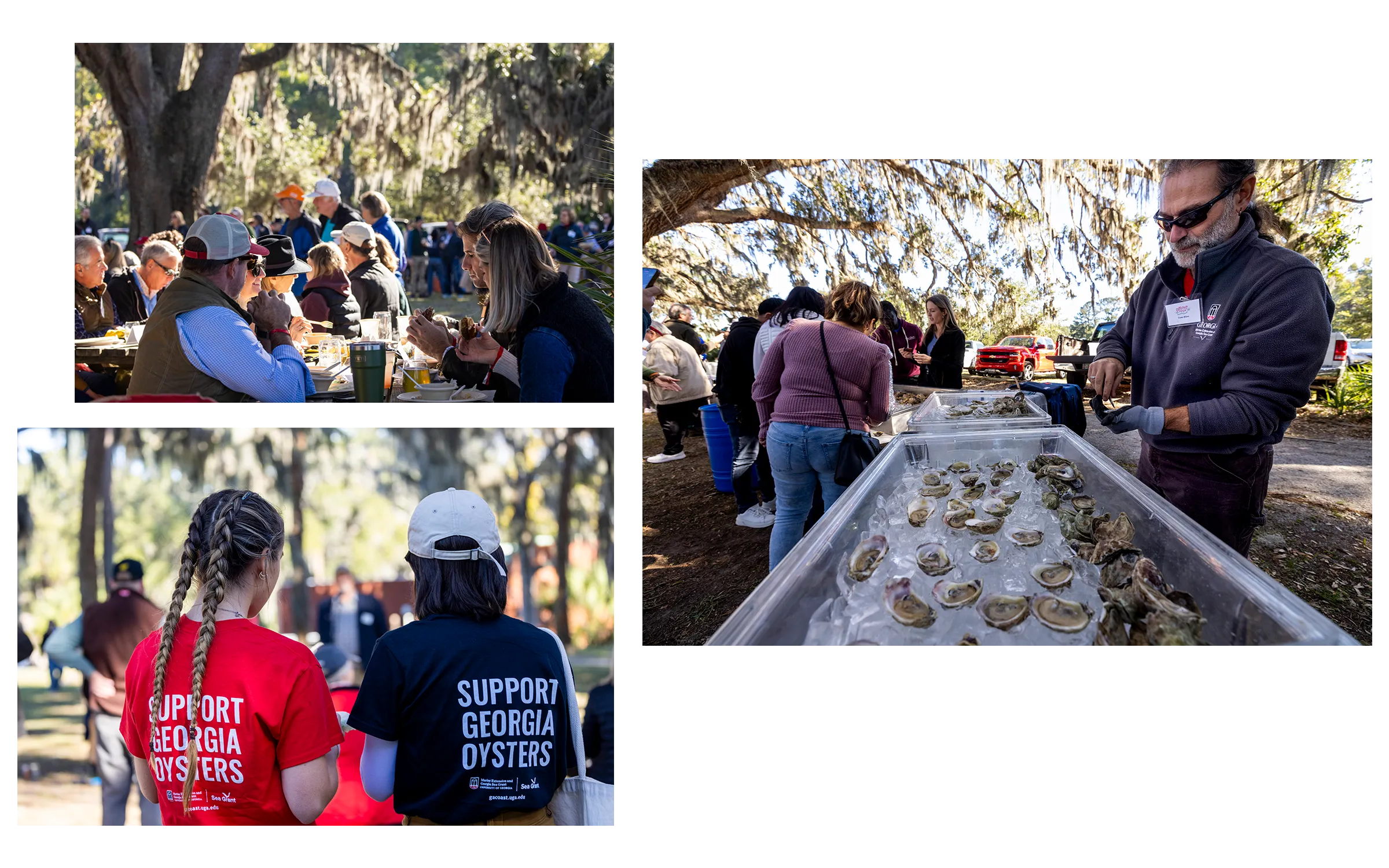
In just three years, Shell to Shore has engaged more than two dozen restaurants in oyster shell recycling.
“We’ve moved a decent amount of weight for a small little group,” says Revell. “There’s a couple hundred thousand pounds of shell that would have been in trash cans and landfills, and it’s not.”
To better coordinate statewide recycling efforts, Marine Extension, the state’s Coastal Resource Division, and Shell to Shore launched the “We Recycle Shell” coalition in 2023. The group is working with 34 restaurants across Georgia. In its first year, the coalition helped recycle over 87,000 pounds of shells.
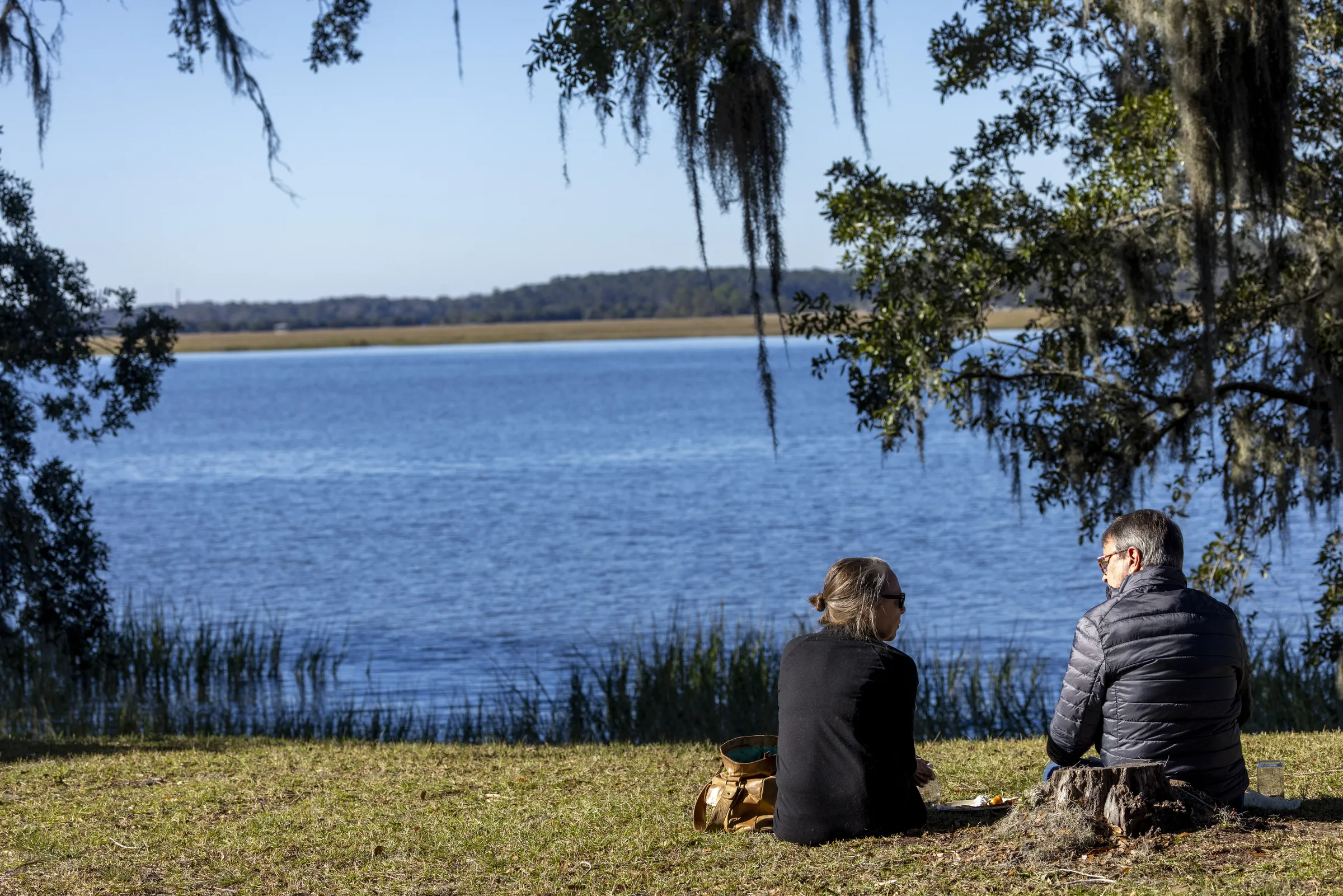
“Oysters provide tremendous environmental benefit, and getting more shell back into the water to supports those efforts.”
– Tom Bliss
Roughly 70,000 pounds of that was used by Shellfish Research Lab researchers to create experimental reefs in Glynn and Chatham counties.
“Oysters provide tremendous environmental benefit, and getting more shell back into the water to supports those efforts,” says Bliss.
The coalition intends to create a long-term plan for shell recycling, build recycling infrastructure, and identify future sites for oyster restoration projects.
From tiny oyster seed cultivated at the Shellfish Research Lab to market-size oysters harvested by farmers and recycled shells returned to the estuary, every step of Georgia’s oyster industry contributes to a sustainable cycle. These combined efforts support coastal ecosystems and local economies, fostering a community where oysters support life in and out of the water.


